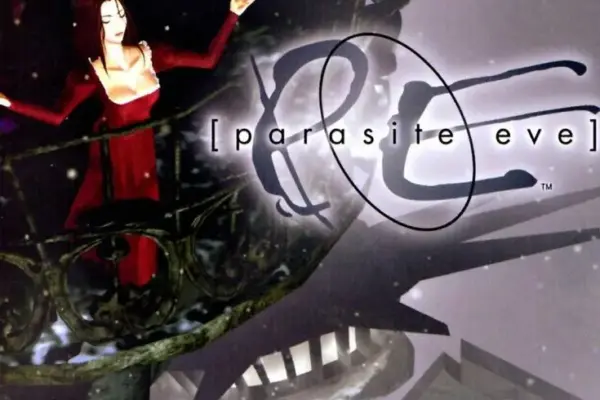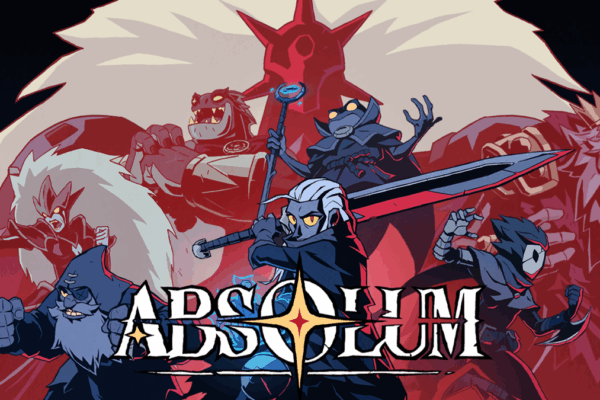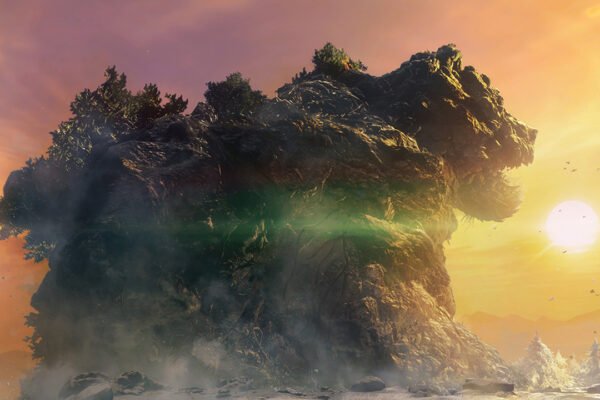This review follows Output Lag’s comprehensive review methodology.
About Hyrule Warriors: Age of Imprisonment
- Developer
- Omega Force + Koei Tecmo
- Publisher
- Nintendo
- Release Date
- November 4, 2025
- Platforms
Hyrule Warriors: Age of Imprisonment is the third entry in Nintendo’s Zelda-meets-Dynasty Warriors spinoff series, and this time it’s taking on the Imprisoning War from Tears of the Kingdom. You know those Dragon’s Tear flashback cutscenes showing Zelda in the ancient past with King Rauru? This is that story, expanded into a full hack-and-slash campaign where you’re mowing down hundreds of enemies per battle while playing as Zelda, the ancient Sages, and some new faces. It’s a musou game through and through meaning it’s button-mashy, over-the-top, and built around that “one warrior versus a thousand soldiers” power fantasy.
Looking back, Hyrule Warriors: Age of Calamity was fun but took some wild liberties with Breath of the Wild’s backstory, and Tears of the Kingdom already felt like the perfect sendoff to this version of Hyrule. Another Warriors game felt like showing up to the party after everyone’s already said their goodbyes.
But in reality, Age of Imprisonment isn’t crashing the party. This one’s actually canon, telling the Imprisoning War story that Tears of the Kingdom only hinted at through those Dragon’s Tear memories. As genuine canon and as much detail as the baseline Zelda games, the decision in direction to take Age of Imprisonment made me appreciate the game even more.
A Familiar but Different Tale
Age of Imprisonment perfeclty places you throughout the timeline of events from Tears of the Kingdom, with Zelda falling back in time, meeting Rauru, and fighting alongside the ancient Sages to seal Ganondorf away. Except now you’re not just watching cutscenes. You’re Princess Zelda, coordinating battles across ancient Hyrule, making the sacrifices that set up Link’s entire quest thousands of years later.
It’s a subtle that I didn’t expect butw holly enjoyed. When I finished the roughly 20-hour or so campaign, I immediately had the urge to replay Tears of the Kingdom as all those flashback memories now had full context and weight. Every ally who fought in the war, every struggle Zelda endured, were now my own experience, not just a fuzzy memory scene. It’s the kind of storytelling you want that actually enhances the game it’s tied to instead of just riding its coattails.
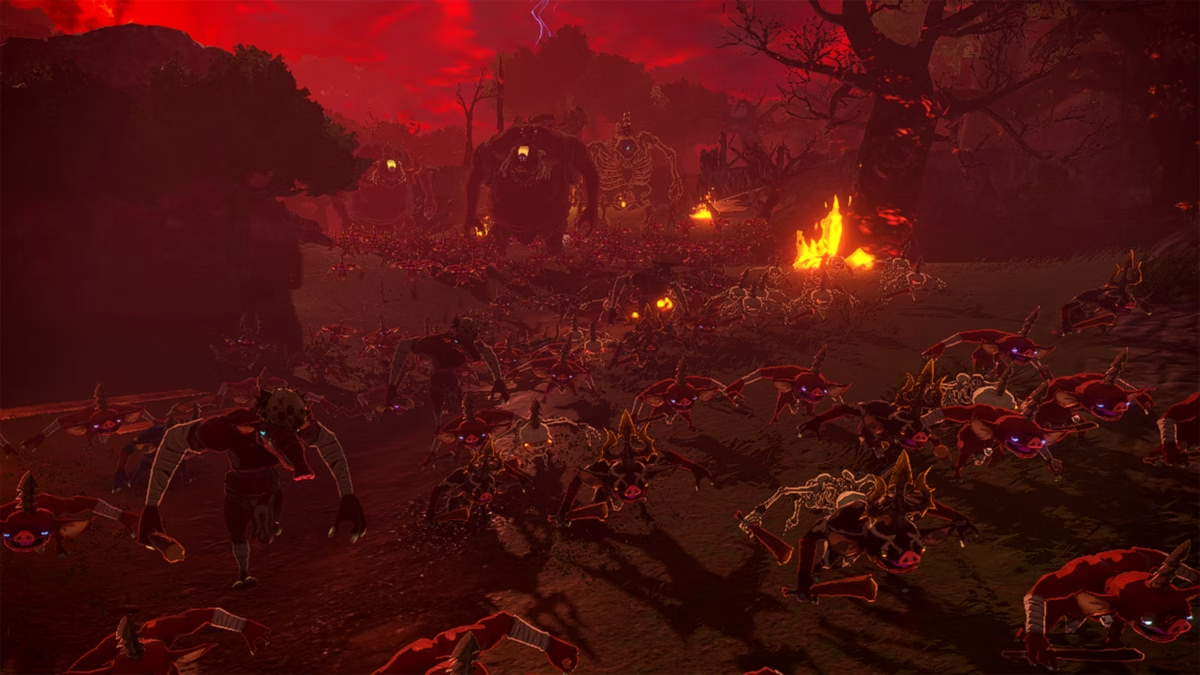
Age of Musou
In every way, Age of Imprisonment builds on Age of Calamity’s combat foundation but adds enough new systems that it feels meaningfully different. The biggest addition is Sync Strikes, and they’re not just flashy cutscenes; they fundamentally change how you approach battles. When two characters have full Sync gauges and are standing close together, you can trigger coordinated attacks that depend on which characters you’re pairing.
Many of these require actual player input, which is a unique angle for the genre. Rauru and Zelda’s beam attack lets you independently aim both energy streams with the analog sticks, painting the battlefield in destruction. Calamo has a move where he lays three fruits across his blade and you choose which elements to launch into the enemy horde. It’s a small thing, but it makes Sync Strikes feel participatory instead of just pressing a button and watching.
More importantly, Sync Strikes tie into the elemental reaction system that’s way more prominent here than in Age of Calamity. Enemies might be shielded by sludge that you need to wash off with water attacks or Zonai hydrants. Wind vortexes from Raphica’s combos can react with fire or lightning to create elemental twisters. When you sync with a Sage, you gain their elemen meaning suddenly all of Raphica’s wind attacks automatically become fire tornadoes if you’ve paired with someone fire-based. I found myself constantly swapping characters mid-battle to set up these reactions, which kept things way more engaging than just mashing Y until everything died.
The Zonai devices are the other game-changer. You can equip them to your loadout and deploy them during battle. For example, you can use flame emitters for damage over time, frost emitters to freeze enemies and water, rockets for quick battlefield traversal that also explode on command. They run on a battery just like in Tears of the Kingdom, which adds a resource management layer that’s surprisingly satisfying. Fighting a boss with an ice shield? Don’t just hammer away: drop a flame emitter, let it do the work, then capitalize on the opening. It’s the closest this series has come to capturing Tears of the Kingdom’s “experiment with tools” philosophy.
The Unique Skills system replaces Age of Calamity’s Sheikah Slate abilities. Each character has their own skills now, and you use them to counter enemy attacks in “Interject” moments which are basically perfect parry opportunities that expose weak points. Different Zonai devices and character actions can trigger these too, and nearby allies with charged skills can jump in for the counter while you’re controlling someone else. When it all clicks and you’re switching between four characters, setting up elemental combos, triggering Sync Strikes, and using devices strategically, it feels less like mindless button-mashing and more like conducting an orchestra of destruction. Emphasis on “when it clicks,” though, as sometimes the AI allies wander off at the worst times and you’re left yelling at them to get back in position.
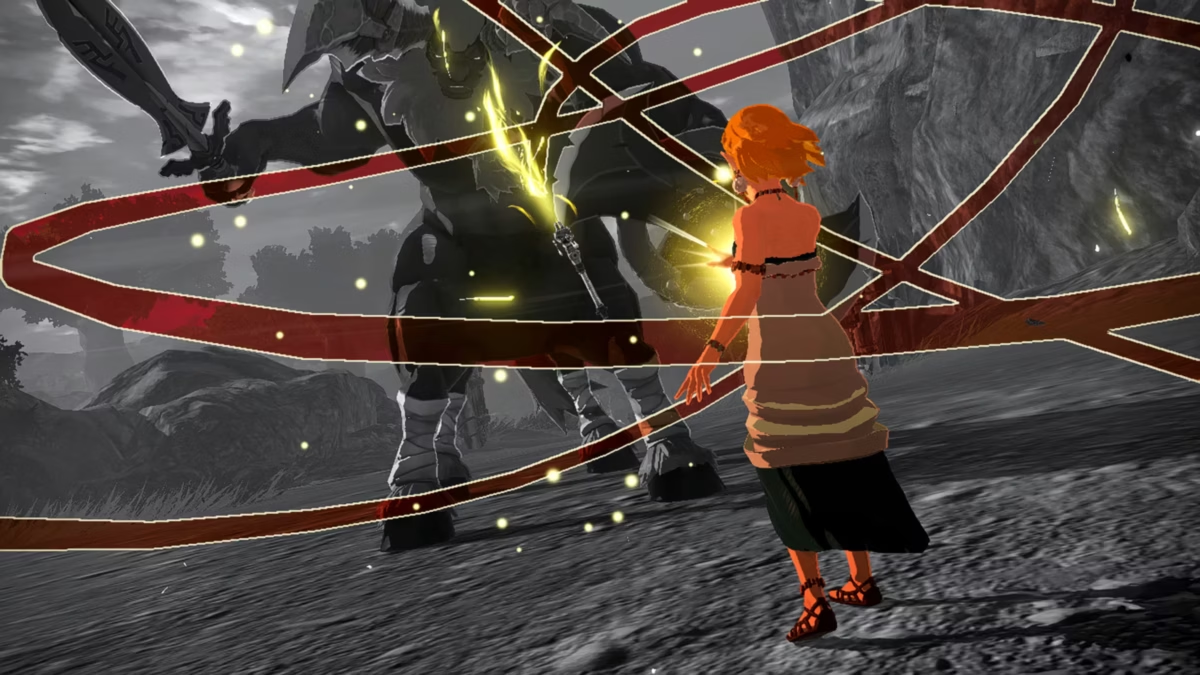
Filling in the Gaps
From a lore perspective, Age of Imprisonment really works. Tears of the Kingdom told you what happened in the past, but it never let you experience it. You found memories showing Zelda meeting Rauru, the Sages gathering, Ganondorf’s betrayal, but they were all passive observations. Age of Imprisonment puts you in those moments and expands them into full battles and story arcs.
It’s not just retreading what you already know, either. You meet characters who never appeared in the main game, like Calamo and his mysterious Construct companion. You see how the common people of ancient Hyrule—Gorons, Gerudo, Zoras, Rito—contributed to the war effort instead of just the royalty. The game gives Zelda actual agency in her own story, showing her as a warrior and strategist instead of just the princess who made a sacrifice at the end.
What I really appreciated is how it recontextualizes Link’s entire journey in Tears of the Kingdom. Link only succeeds because of everything Zelda, Rauru, and the Sages accomplished in this war. The sealing magic, the temple shrines, the whole structure Link navigates: it exists because of struggles you personally fight through in Age of Imprisonment. That retroactive weight made me appreciate both games more, which is rare for spinoffs to pull off.

Switch 2 Flexes its Muscles
Age of Calamity didn’t run the greatest on the original Switch. Age of Imprisonment on the other hand runs at 60fps for basically the entire experience. I played both docked and handheld for over 20 hours, and yeah, there were maybe three times I noticed a tiny dip during absolutely absurd on-screen chaos. Otherwise it’s butter smooth, looks gorgeous, and proves the Switch 2 can actually handle these massive battles without melting.
The environments are basically indistinguishable from Tears of the Kingdom’s aesthetic; that same lush cel-shaded look, familiar menus, iconic sound effects. Character models are incredibly detailed, and honestly some look even better here than in the main game thanks to the upgraded hardware. Co-op drops to 30fps, which is a bummer but expected. At least it’s stable, and my wife and I had zero issues playing through missions together.

The Musou Effect
Some common themes throughout musou games over the years do show themselves throughout Age of Imprisonment. Side missions often feel like copy-paste filler: “Capture these outposts, defeat this many enemies, kill this boss” gets old, especially when they’re recycling the same maps over and over. The progression system tries to incentivize them by gating character upgrades behind materials you earn from missions, but it still feels like artificial padding.
And some characters just don’t get enough development. The Sages outside of the main story feel pretty generic. I wanted more personality, more reasons to care about them beyond “they’re the ancient versions of the races we know.” The story does a solid job with its main beats and the conclusion genuinely ranks among the series’ best moments, but several new characters barely get screen time. It’s frustrating because the Calamo and Construct storyline proves the writers can create compelling new characters when they actually focus on them.
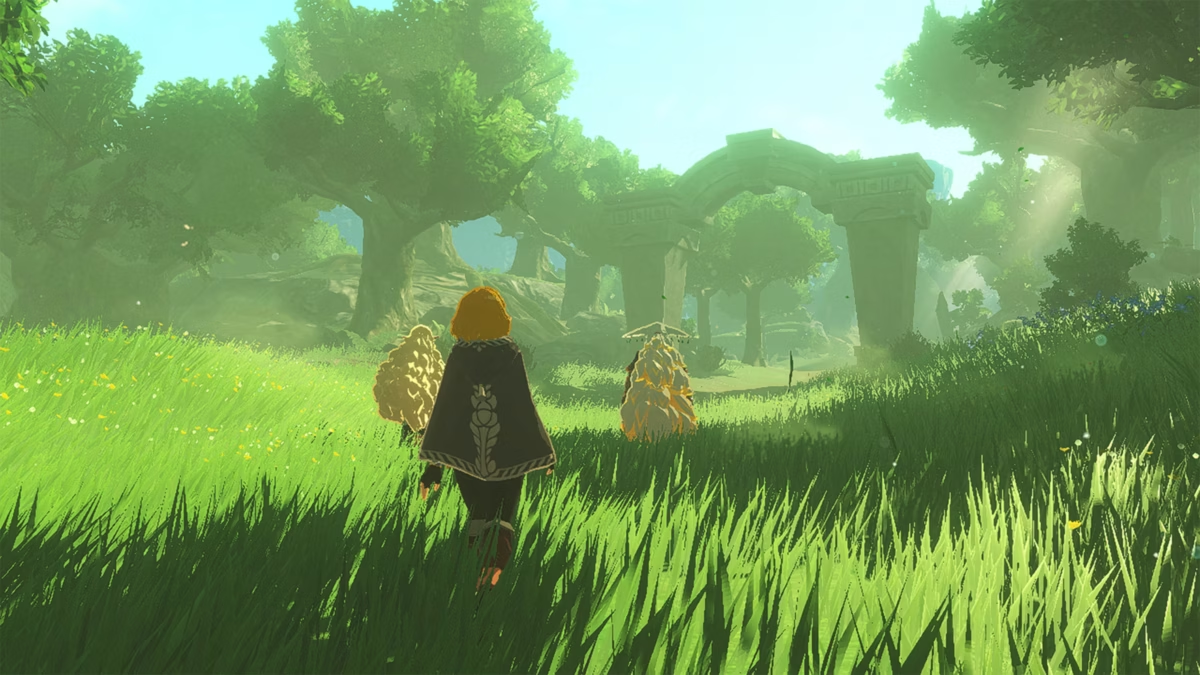
A Fine Crafted Expansion
Hyrule Warriors: Age of Imprisonment is an improvement on the musou genre and specifically the Hyrule Warriors series in a big way. It takes the framework that’s worn out its welcome in dozens of Dynasty Warriors spinoffs and actually makes it feel fresh by deeply integrating Tears of the Kingdom’s mechanics and respecting its story. The Zonai devices, elemental reactions, and Sync Strikes add genuine tactical depth to combat that kept me engaged well past the point where I usually tap out on these games.
More importantly, it does justice to Zelda’s story in a way Age of Calamity absolutely failed to deliver. This isn’t a alternate timeline cop-out; it’s the real deal, filling in gaps you didn’t realize needed filling and making you care about events you already knew the outcome of. Seeing Zelda as an actual protagonist fighting alongside Rauru and the Sages gave weight to her sacrifice in Tears of the Kingdom that I genuinely didn’t feel before.
The side missions are still repetitive busywork, some characters needed more development, and if you fundamentally can’t vibe with musou gameplay, this won’t convert you. But for everyone else, especially anyone who fell in love with Tears of the Kingdom, this is an essential journey. It’s the rare spinoff that makes its source material better just by existing, and that’s worth celebrating even when you’re mashing buttons as you capture your tenth outpost of the day.
This review is based on a retail build of the game provided by the publisher.


